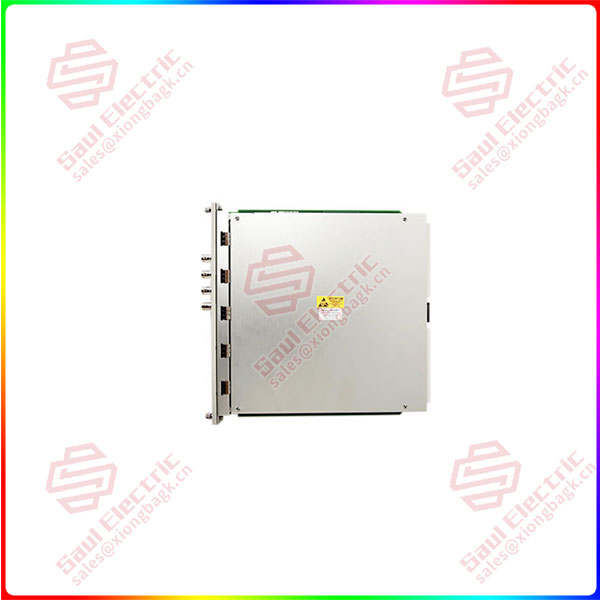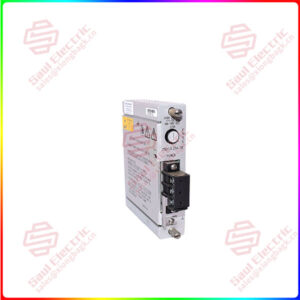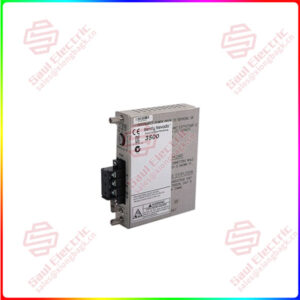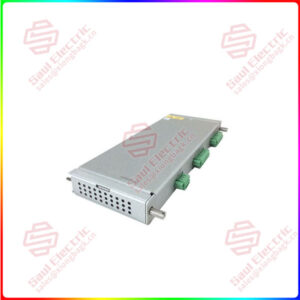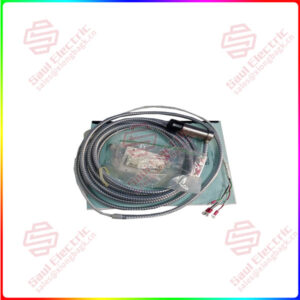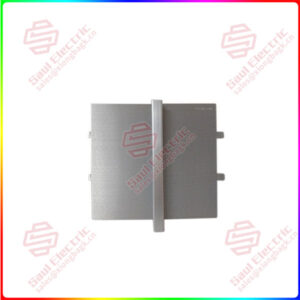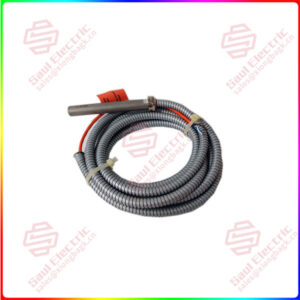Description
Overview
Essential details:3500/40 176449-01 Expansion axial position module
lf you need to inquire or purchase ,please send the product models to my email or call medirectly .
sunny He
[Email] sales@saulcontrol.com
[Mobile] 86-18059884797
[WhatsApp] 86-18059884797
[Skype] sales@saulcontrol.com
3500/40 176449-01 Expansion axial position module
Eddy current sensor: Eddy current sensor is a non-contact axial displacement monitoring module, which can monitor the axial displacement changes of high-speed rotating machinery. It has the characteristics of high precision, high response speed and long-term stability, but the price is higher.
Magnetostrictive sensor: A magnetostrictive sensor is an axial displacement monitoring module that utilizes the magnetostrictive effect. It has the characteristics of high precision, high response speed, high temperature resistance and strong anti-interference ability, but the price is relatively high.
Ultrasonic sensor: Ultrasonic sensor is a kind of axial displacement monitoring module using ultrasonic principle. It has features such as non-contact, high precision, high response speed and high temperature resistance, but requires regular calibration.
Optical fiber sensor: Optical fiber sensor is a kind of axial displacement monitoring module using optical fiber technology. It has the characteristics of anti-electromagnetic interference, high temperature and high pressure resistance, but the price is higher, and the requirements for installation and wiring are higher.
In short, the selection of the appropriate axial displacement monitoring module needs to be comprehensively considered according to the specific application scenarios and needs, including monitoring accuracy, response speed, stability, price and maintenance costs.


 1 Year Warranty
1 Year Warranty
